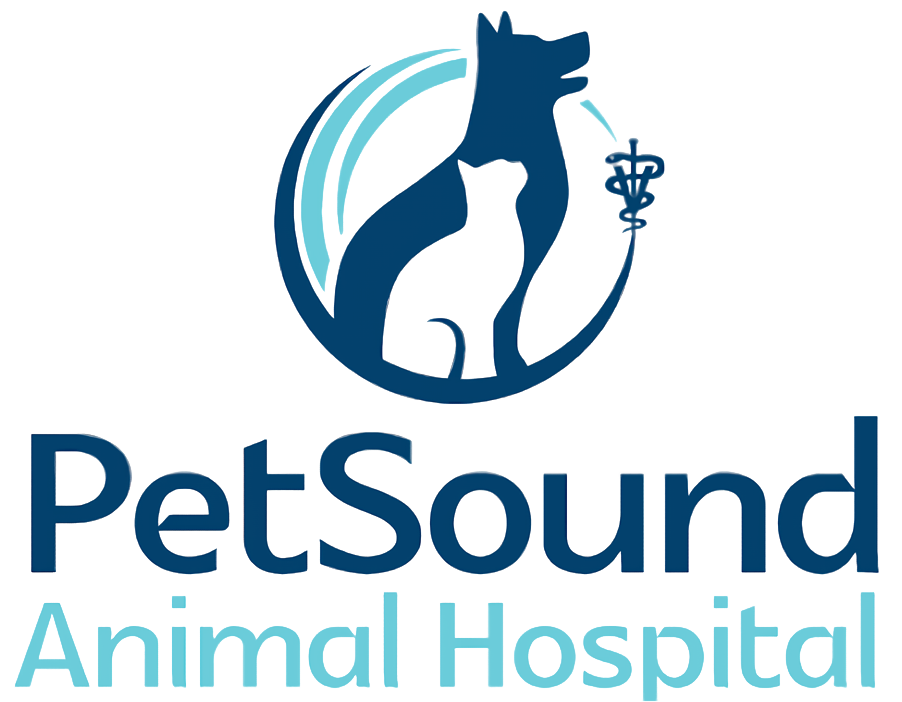Articles
-
Some over-the-counter human medications can be used for common ailments in dogs, but you must consult your veterinarian before using them to determine the correct dose and to ensure they will not interact with other medications your dog is taking. Some medications are toxic. If the condition you are treating does not respond to treatment, contact your veterinarian.
-
Obesity is the most common problem in dogs in North America and leads to an increased risk of diabetes mellitus, heart disease, and several types of cancer. Extra body fat causes increased inflammation associated with osteoarthritis. Reducing inflammation and pain can help an overweight dog to regain activity, which in turn can lead to more appropriate weight loss. Obesity can be prevented or reversed when dog owners are aware of calorie intake, body condition, and exercise.
-
Obesity is a common problem in dogs and results from too many calories being eaten and not enough calories being burned. Extra body fat causes increased inflammation in the body, worsening osteoarthritis and joint disease. To prevent your dog from becoming obese, speak to your veterinarian about your dog's calorie needs and an appropriate food for your dog's life stage.
-
Many dogs instinctively hide their pain, as a survival mechanism; however, dogs have a nervous system that is very similar to that in humans. This handout outlines how to know if your dog is in pain and how you can help.
-
House paint, art paint, varnishes and other decorative or protective solvents come in many varieties, and most are dangerous to dogs and cats. Water-based paints, the most common, include latex, tempera, and poster paints.
-
Palliative care can be as easy or complex as necessary, to meet the needs of the pet and human family. Some palliative care patients benefit from massage, therapeutic laser, temperature therapy (heating or cooling devices), acupuncture, chiropractic, and physical rehabilitation techniques. Palliative care creates a bridge of care to support a pet as the time for humane euthanasia approaches. It is not a substitute for euthanasia, but it often helps us postpone euthanasia, allowing our pets to remain with us for whatever quality time remains for them.
-
Palliative medicine is care that is delivered as a dog approaches the end of life. The first step in creating a palliative care plan is to discuss with your veterinarian the expected course of the disease and how it will affect your dog's quality of life. Once a dog's activities of daily living have been identified, it is important to define family beliefs, family needs as care unfolds, and the goals for the dog as death approaches. An essential part of establishing goals of palliative therapy is understanding the expected course of the life-limiting disease. Knowledge about disease allows for the development of a personalized palliative care plan.
-
A Penrose drain is a latex tube placed into a wound with one or two ends exiting the skin to passively remove unwanted fluid, usually from abscesses or open wounds. This handout provides post-operative wound care instructions for dogs sent home with a Penrose drain.
-
Monitoring your pet is important to his health. This handout discusses the use of trackers and apps to monitor your dog's activity level and overall mental and physical health.
-
This handout discusses the dangers of laundry and dishwasher detergent pods in dogs and cats. Consumption of detergent in any form is dangerous for cats and dogs. Signs of pod exposure include irritation of skin, eyes, and mouth as well as more serious gastrointestinal and respiratory signs that require prompt veterinary medical attention. Learning to recognize and prevent pod exposure will help keep pets safe.

